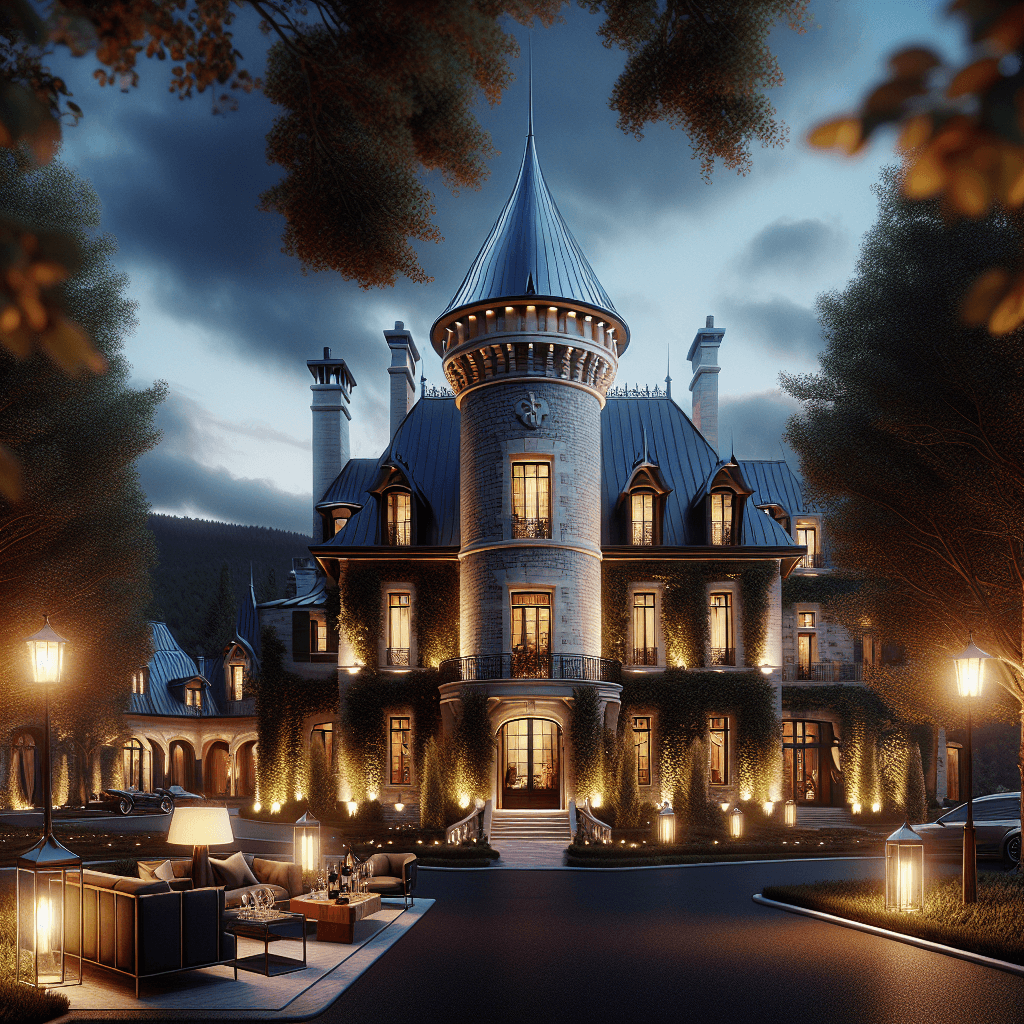The historical significance behind the estate’s iconic emblem
Château Latour, with its iconic tower, stands as a beacon of luxury, heritage, and unparalleled winemaking. Nestled in the heart of Bordeaux, France, this esteemed vineyard is not just a producer of some of the world’s finest wines; it is a symbol of historical richness and architectural grandeur.
- The Historical Roots of Château Latour
- Architectural Significance of the Tower
- Winemaking Excellence at Château Latour
- Cultural and Symbolic Importance of the Tower
- Preserving Legacy and Embracing the Future
The Historical Roots of Château Latour
The origins of Château Latour can be traced back to the 14th century, during the tumultuous times of the Hundred Years’ War. It was during this era that the Fort of Saint-Maubert was erected, strategically overlooking the estuary of the Gironde to serve as a watchtower and defensive fortification. Over the centuries, this fort evolved into one of the most prestigious wine estates in the world.
The name ‘Latour’ derives from the ancient tower, ‘La Tour de Saint-Maubert,’ a pivotal structure that has withstood the test of time and history. The estate was officially founded in 1331, and by the 16th century, it had begun to gain renown for its exceptional vineyards, thanks in part to the visionary efforts of the Segur family, who owned the property through key periods of development.
Architectural Significance of the Tower
The tower of Château Latour, often depicted in its labels and a central theme in its branding, is more than just a structure; it is a masterpiece of medieval architecture. Standing robust with its cylindrical shape and conical roof, the tower is a classic example of the military architecture of its time, designed to offer both defense and surveillance.
Over the years, the tower has become synonymous with the Château itself, embodying the strength and resilience of the estate. Architecturally, it represents a blend of functionality and aesthetic appeal, a reminder of the days when such structures played a crucial role in protecting the lands and the people who lived on them.
Winemaking Excellence at Château Latour
Château Latour is revered not just for its historical significance but also for its role in defining the standards of fine winemaking. Located in the Pauillac appellation of Bordeaux, the estate boasts 78 hectares of vineyards, predominantly planted with Cabernet Sauvignon, which is the key ingredient in its powerful and structured wines.
The winemaking process at Château Latour is a perfect amalgamation of tradition and innovation. The estate employs organic farming techniques while embracing modern technology to enhance the quality of the harvest. Each vintage is a reflection of meticulous craftsmanship, from the careful selection of grapes to the aging process in oak barrels, ensuring that each bottle expresses the unique terroir of the estate.
Cultural and Symbolic Importance of the Tower
The tower of Château Latour is not merely an architectural feature; it is a potent symbol of the estate’s enduring legacy and commitment to quality. It stands as a testament to the time-honored traditions of Bordeaux winemaking, while also symbolizing the resilience and strength necessary to maintain excellence across centuries.
In cultural terms, the tower resonates with themes of heritage and continuity, key aspects that appeal to connoisseurs of fine wine and history alike. It also acts as a visual anchor, an emblem that instantly evokes the rich history and prestigious lineage of Château Latour’s wines.
Preserving Legacy and Embracing the Future
As Château Latour continues to thrive in the modern era, the estate remains deeply rooted in its heritage while looking forward. The preservation of its historical sites, including the iconic tower, is paramount, ensuring that the legacy of the estate is maintained for future generations to appreciate and explore.
Moreover, Château Latour’s commitment to sustainability and innovation ensures that while they honor their past, they also adapt to the evolving demands of contemporary viticulture, securing their place at the forefront of the global wine industry.
For further exploration into the rich history and architectural beauty of Château Latour, consider visiting authoritative sources such as the official Château Latour website or prestigious publications dedicated to the world of luxury and heritage conservation.



